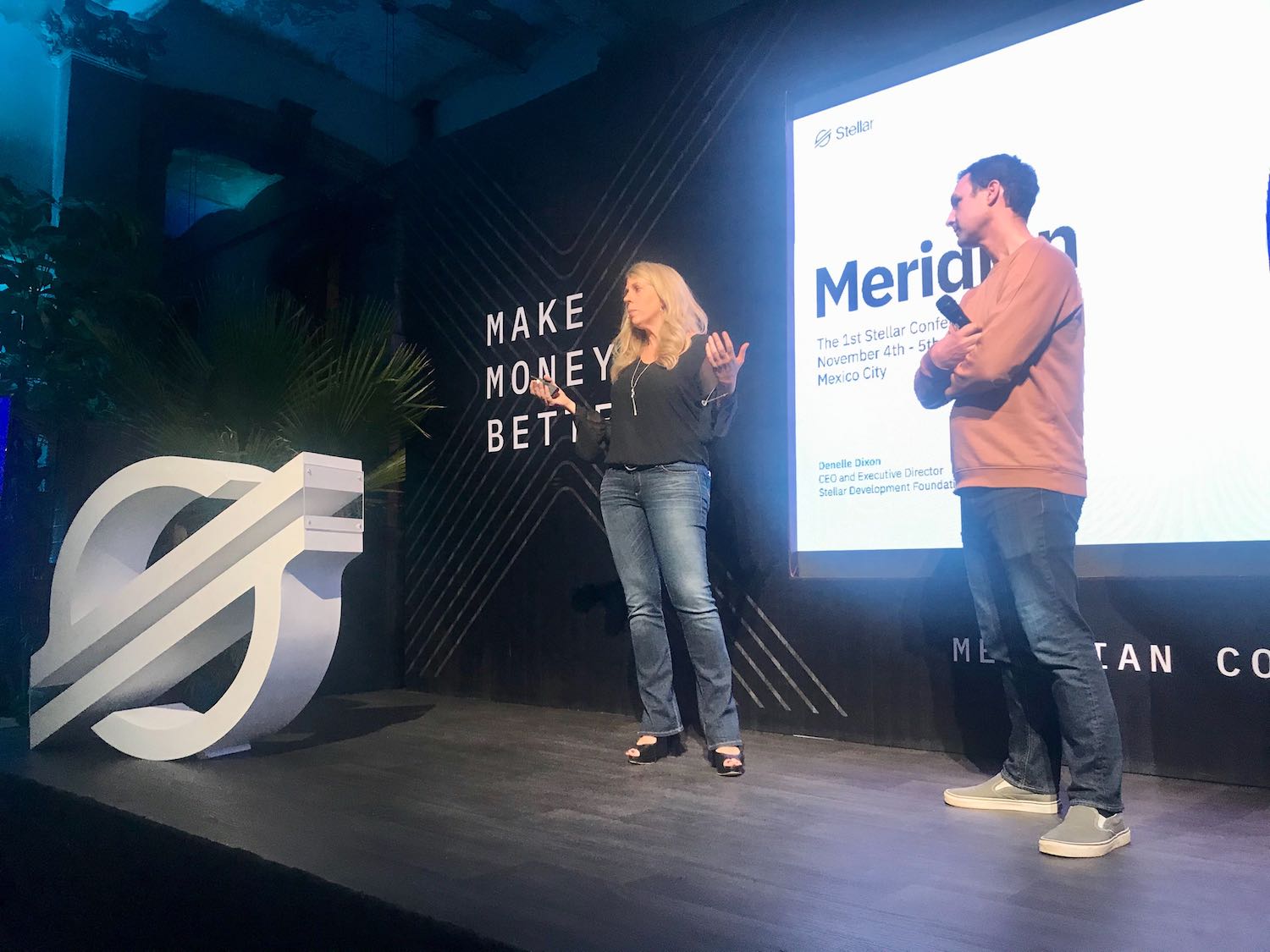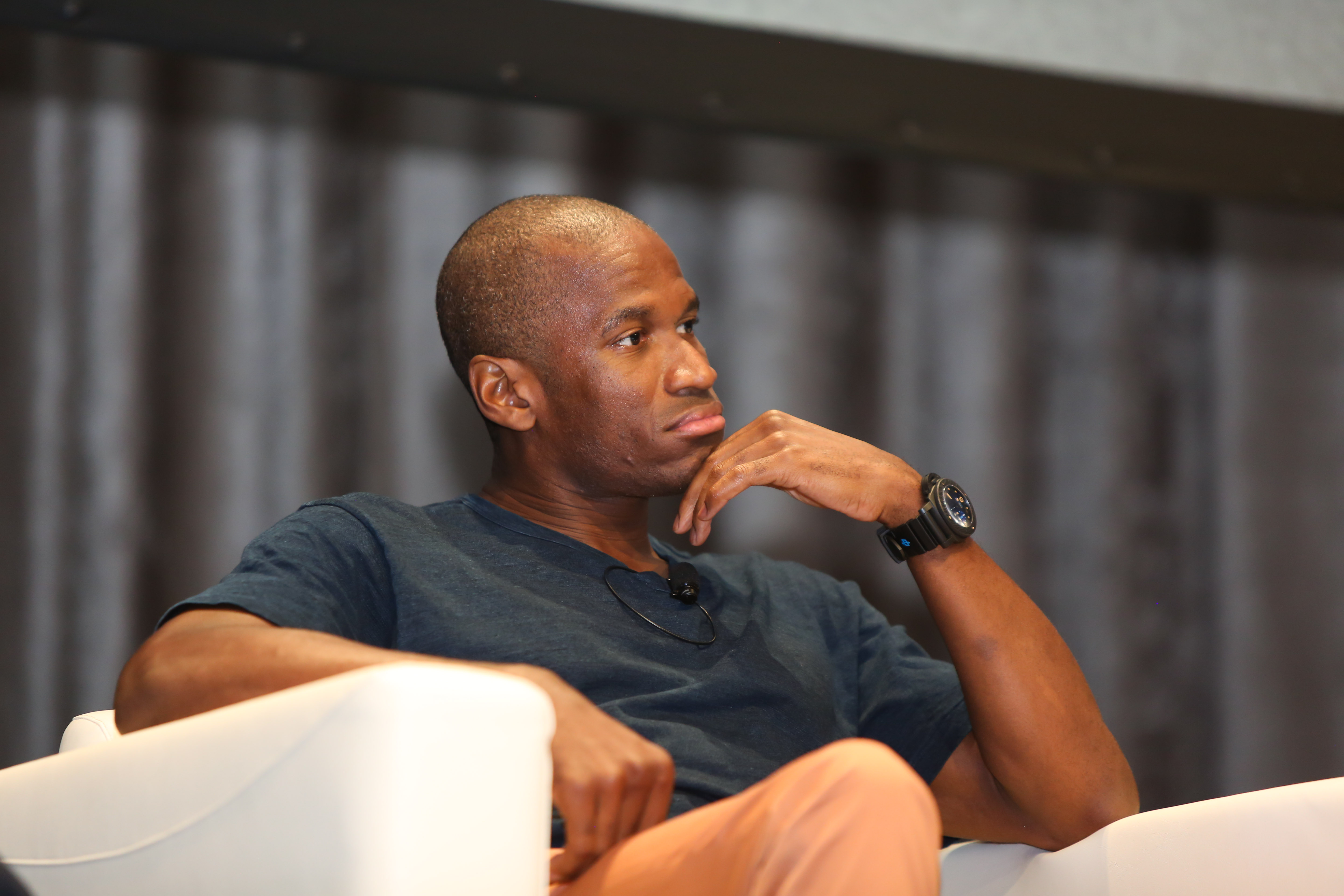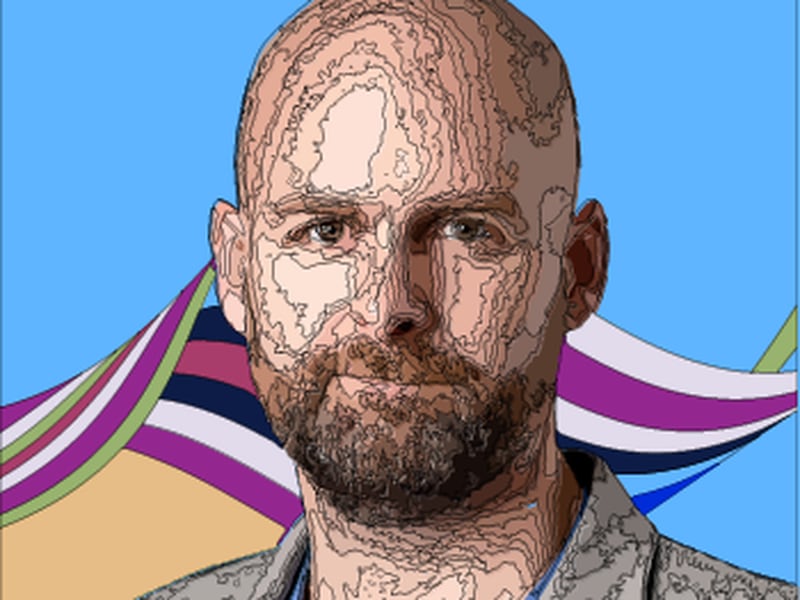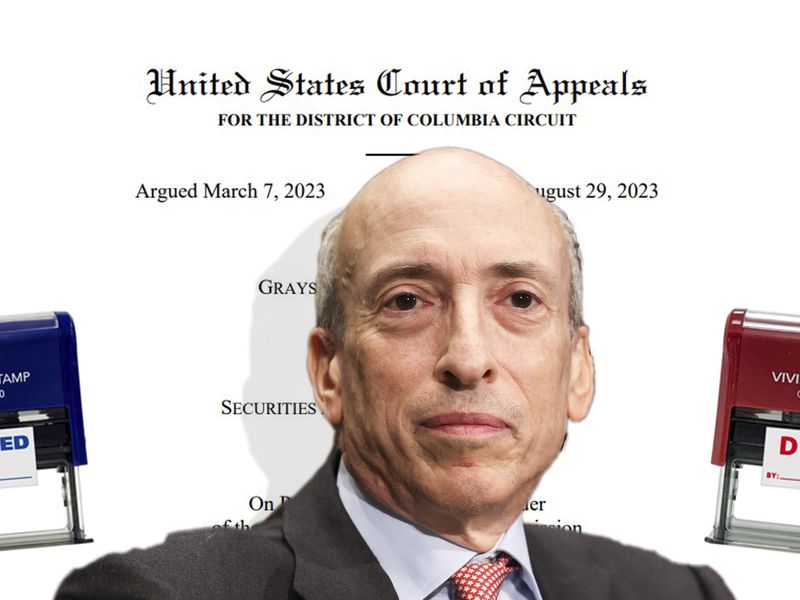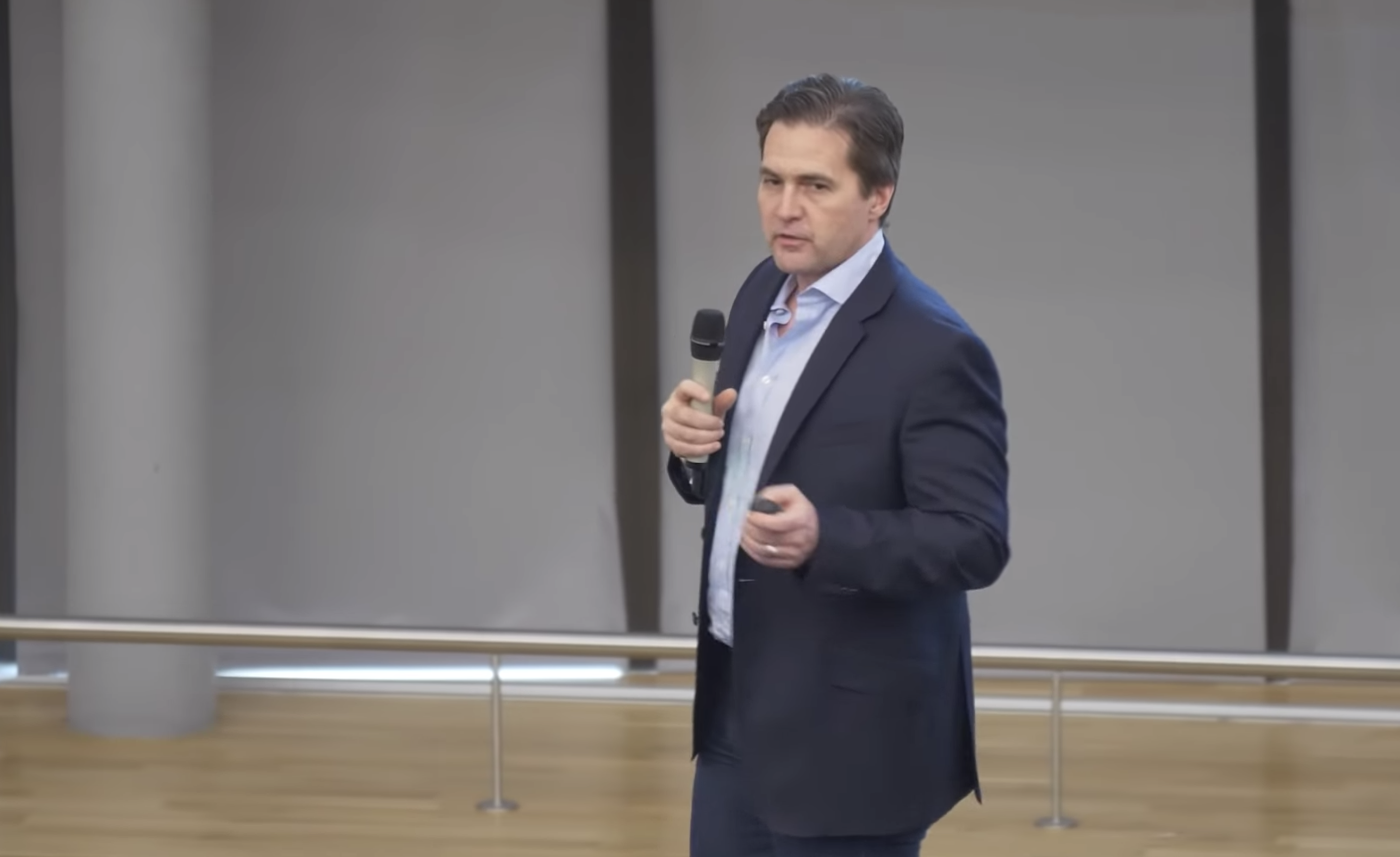After Co-Founding Salesforce’s Web3 Studio, Mathew Sweezey is Bullish on Smart Tokens
-
Mathew Sweezey, co-founder of Salseforce’s Web3 Studio, is joining Smart Token Labs as chief strategy officer
-
Sweezey believes the ERC-5169 token standard, or smart tokens, can help onboard more users to Web3
After ushering the leading cloud-software company into Web3, Mathew Sweezey is bullish on digital ownership. But instead of using traditional non-fungible tokens (NFTs) to do so, he’s leveraging another emerging blockchain technology – smart tokens.
Sweezey, the former co-founder of the Salesforce Web3 Studio, is joining tokenization company Smart Token Labs as chief strategy officer, with the goal of bringing Ethereum-based smart tokens to the greater Web3 ecosystem. Sweezey joined Salesforce after the company acquired marketing technology firm Pardot, where he previously led research and education initiatives. He spent years in thought leadership at Salesforce, becoming a partner at the company’s Futures LAB think tank to explore new possibilities for technological exploration and implementation.
His new focus is on smart tokens, also known as the ERC-5169 token standard, which are digital assets that combine the functionality of NFTs and smart contracts. Unlike most NFTs, which commonly use ERC-721 and ERC-1155 token standards and can represent ownership of a digital asset like art, smart tokens can be used to carry out predetermined tasks, such as interacting with other wallets autonomously or transacting on a user’s behalf. The result is a more dynamic and interactive experience that can be utilized across industries.
Sweezey told CoinDesk that the NFT boom in 2021 was his own personal entry point into Web3 and sparked his interest in empowering digital ownership. However, when helping to onboard companies to Web3 at Salesforce, he noted that many firms were struggling to find long-term utility for NFTs.
While NFTs have made their way into industries like gaming, entertainment and event ticketing, the tokens themselves don’t have any inherent utility baked into their smart contract code. Instead, the token’s utility is determined by its creator after mint. For example, a person can mint an NFT representing a ticket to a Taylor Swift concert but it’s up to the show’s organizers to determine whether the NFT ticket has any broader value, like being used to access the event.
Smart tokens are meant to enhance NFTs through the addition of smart contract functionality, taking them from static collectibles to active tools in a decentralized ecosystem. For example, in the realm of blockchain gaming, a smart token could serve as a character in a game and be programmed to complete quests independently.
As Sweezey delved deeper into learning about smart tokens, Sweezey found Smart Token Labs, which helps businesses tokenize loyalty and membership experiences. Smart Token Labs previously partnered with electric vehicle company Karma Automotive to tokenize car ownership, providing holders services including car registration, insurance and club membership on the blockchain.
Sweezey told CoinDesk that in his new role at Smart Token Labs, he hopes to highlight how smart tokens can help onboard more users to Web3 by removing the technical barriers to entry, such as opening a crypto wallet. He explained that smart tokens can live on or off-chain, in an Apple Wallet or an email address, which makes it easier for new users to enter the space without needing to first set up a crypto wallet.
“Once I saw the ability for a token to become an application, that’s when my mind was blown,’” said Sweezey. “It wasn’t until the concept of the smart token – which is frictionless, has the ability to become an application and the ability for it to be claimed and used in the Web2 world but then be backed up by the power of Web3 technology – that’s when the lights turned on.”
Smart Token Labs helps provide the infrastructure for companies to enter Web3 through tokenization. It uses its native Smart Layer network to help businesses build their own smart tokens and create composable, or interoperable, digital experiences.
“What I really hope to do is be able to help people understand how we use these types of technologies to create better experiences and better business efficiencies,” said Sweezey. “I can help us really move the world forward and past the current conversation about NFTs to a new conversation about just what is possible through digital experiences, and the concepts of Web3 will fade into the background.”
Edited by Rosie Perper.

